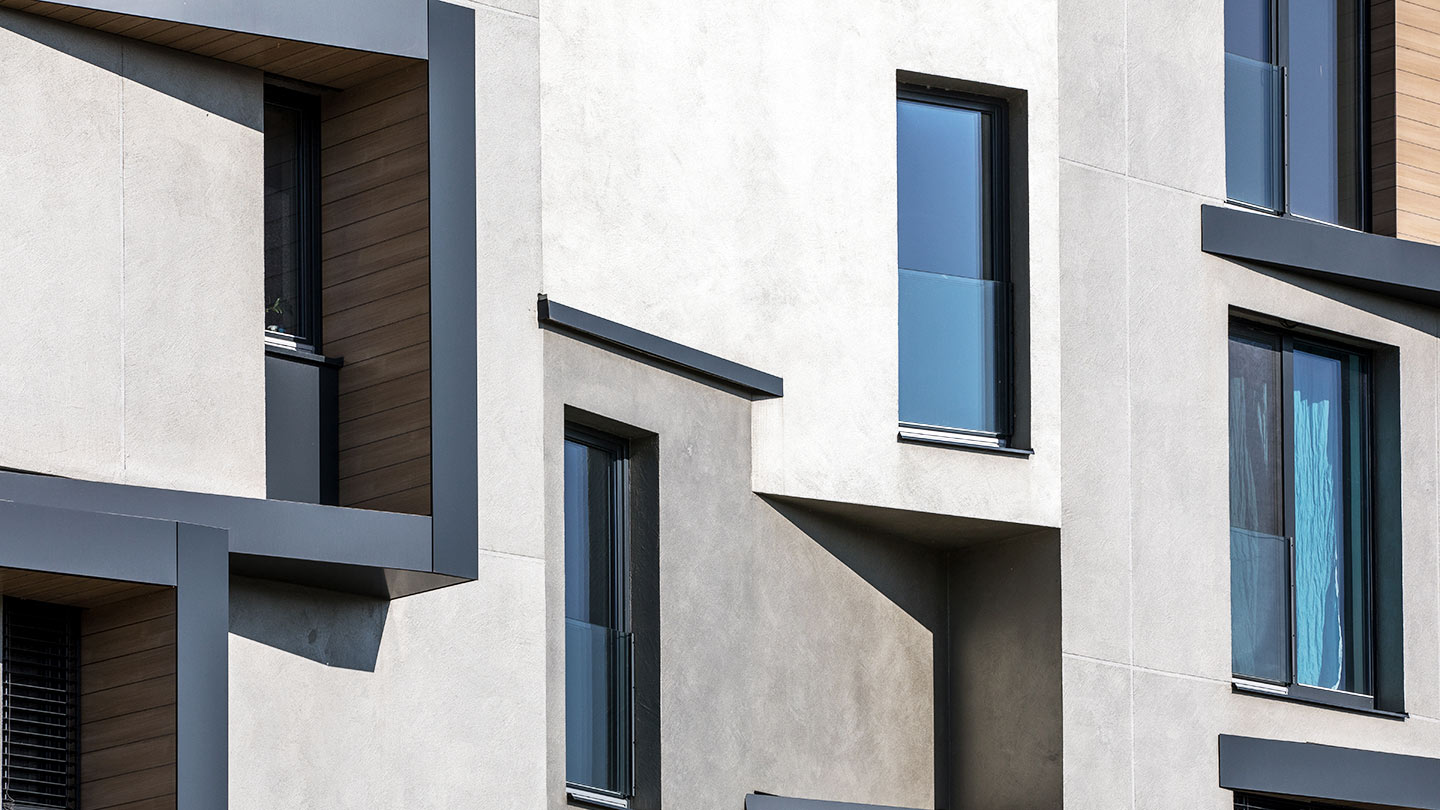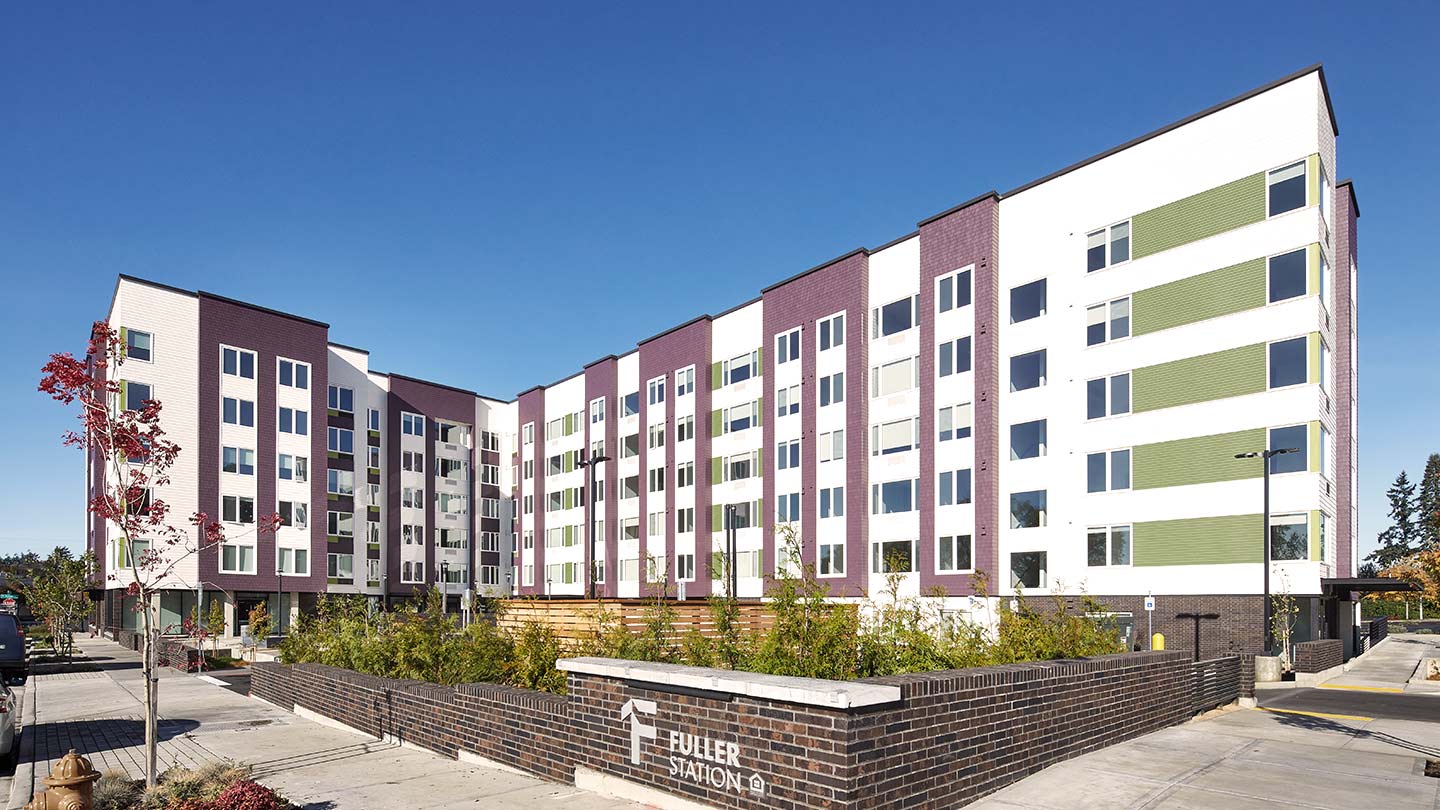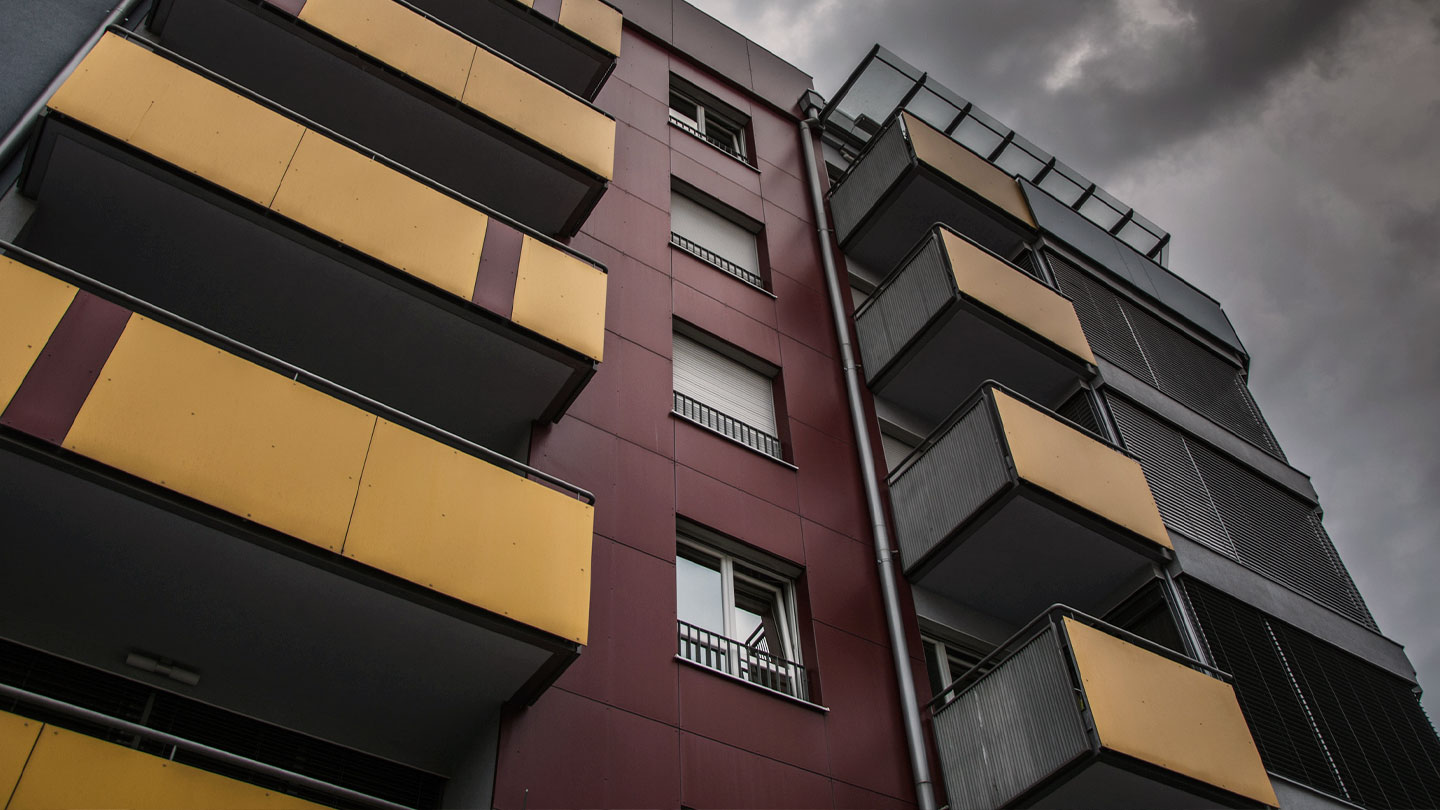
3 min read
Calculating net operating income (NOI) is relatively straightforward, but it’s an important metric for multifamily investors. It can help assess a property’s profitability, estimate its value and compare potential investment opportunities. It’s also an important factor lenders consider when evaluating a property’s ability to generate income to cover its debt service payments.
How to calculate NOI
You can think of a property’s NOI as its operating cash flow, or the cash flow generated from typical, ongoing operations.
Calculating a property’s NOI requires two key totals: annual income and annual operating expenses.
NOI formula
Net operating income = total income – total operating expenses
Income can include rent as well as other fees for parking, pets or storage. Operating expenses can include real estate taxes, insurance, utilities, repairs and maintenance, management fees, payroll and legal and professional service fees.
Certain costs a property owner pays, however, aren’t considered operating expenses.
- Capital expenditures: When calculating a property’s typical annual operating income, exclude infrequent but significant projects such as replacing a roof or a major kitchen renovation. Investors generally set aside funds each year to cover capital expenditures and deduct that amount from their income in the cash flow calculation.
- Debt service payments: Loan payments aren’t included in NOI because they aren’t related to the property’s operations.
- Income tax: Similar to debt service payments, a property’s contribution to its owner’s income tax is excluded from NOI because it isn’t directly tied to operations and depends on the owner’s overall financial situation.
While major capital expenditures, debt service payments and income taxes aren’t included in NOI, they are included in after-tax cash flow and can have a big impact on a property owner’s bottom line.
Forecasting NOI
Looking at a property’s income and expenditures over a 2- to 3-year span is a good way to begin forecasting cash flow from operations. Some elements tend be relatively stable over time, including management fees or repair and maintenance expenses.
Other items such as rents and utilities can be more variable, influenced by factors such as interest rates, inflation, wage growth, unemployment and construction of competitor properties nearby.
Estimating a property’s value with NOI and cap rates
Once you’ve calculated a property’s current or potential future NOI, you can use it to estimate the property’s value using the typical capitalization rate, or cap rate, for similar buildings in the area.
Property value = NOI/cap rate
Appraisers and brokers can often provide information on local cap rates.
Using NOI and cap rates to evaluate performance
NOI can also help investors evaluate properties’ performance. Consider two similar apartment buildings in the same neighborhood, of roughly the same vintage, that have been equally well managed. They should have comparable rents and per-unit operating expenses, giving them comparable per-unit NOI. If they don’t, it could be a sign that one building is overperforming or underperforming.
Cap rates, which reflect both NOI and property value, can be useful for comparing properties and assessing whether a deal looks promising. If you analyze a building’s operating cash flow and it has a cap rate below what you’d expect in that neighborhood, you may be overpaying for the deal.
A higher than expected cap rate, on the other hand, suggests a property might be generating more income than expected for the price.
When assessing a property’s NOI, it’s important to understand what’s driving strong or weak performance. An apartment building with a below market NOI could still be a good investment opportunity if the investor has a plan for increasing operating cash flow.
Cash positioning can help businesses keep an eye on cash flow and liquidity. Find out how.
JPMorgan Chase Bank, N.A. Member FDIC. Visit jpmorgan.com/commercial-banking/legal-disclaimer for disclosures and disclaimers related to this content.







